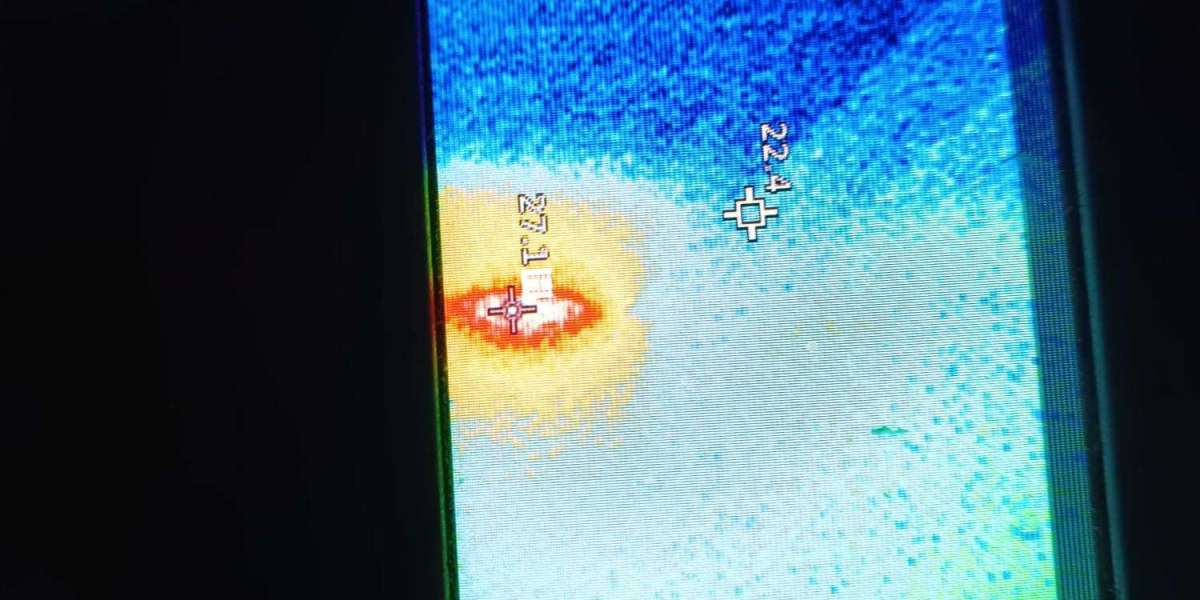Light therapy has gained significant attention as a non-invasive treatment option for various health conditions. By understanding the key light therapy parameters, such as wavelength, intensity, and duration, individuals can make informed decisions about their treatment options. This article delves into these essential parameters, providing clarity and insight into their roles in effective light therapy.

Wavelength: The Spectrum of Light
The wavelength of light is a crucial parameter in light therapy. It is measured in nanometers (nm) and determines the color of the light. Different wavelengths penetrate the skin to varying depths, influencing their therapeutic effects. For instance:
- Red light (600-700 nm) is often used for skin rejuvenation and wound healing.
- Near-infrared light (700-1100 nm) penetrates deeper tissues, making it effective for pain relief and muscle recovery.
Have you ever wondered how these wavelengths affect cellular processes? Research indicates that specific wavelengths can stimulate mitochondrial activity, promoting healing and reducing inflammation. Therefore, selecting the appropriate wavelength is essential for achieving desired therapeutic outcomes.
Intensity: The Power of Light
Intensity refers to the amount of light energy delivered to the skin. It is typically measured in milliwatts per square centimeter (mW/cm²). The intensity of light therapy can significantly impact its effectiveness:
- Higher intensity may lead to quicker results but can also increase the risk of skin irritation.
- Lower intensity treatments may require longer sessions but are generally safer for sensitive skin.
When considering light therapy, it is essential to balance intensity with individual skin sensitivity. If you are unsure about the right intensity for your needs, consulting with a healthcare professional can provide valuable guidance.
Duration: Timing is Everything
The duration of light therapy sessions is another critical parameter. Treatment times can vary based on the condition being treated and the specific device used. Typically, sessions last between 10 to 30 minutes. Factors influencing duration include:
- The type of light used (red vs. near-infrared).
- The area of the body being treated.
- The specific health condition being addressed.
Understanding the appropriate duration for your light therapy sessions can enhance the overall effectiveness of the treatment. If you are new to light therapy, starting with shorter sessions and gradually increasing the duration can help your body adjust.
Conclusion: Navigating Light Therapy Parameters
In summary, understanding the key light therapy parameters—wavelength, intensity, and duration—can empower individuals to make informed decisions about their treatment options. By considering these factors, you can optimize your light therapy experience and achieve better health outcomes.
For those interested in exploring high-quality light therapy devices, consider visiting  for a selection of effective options.
for a selection of effective options.








